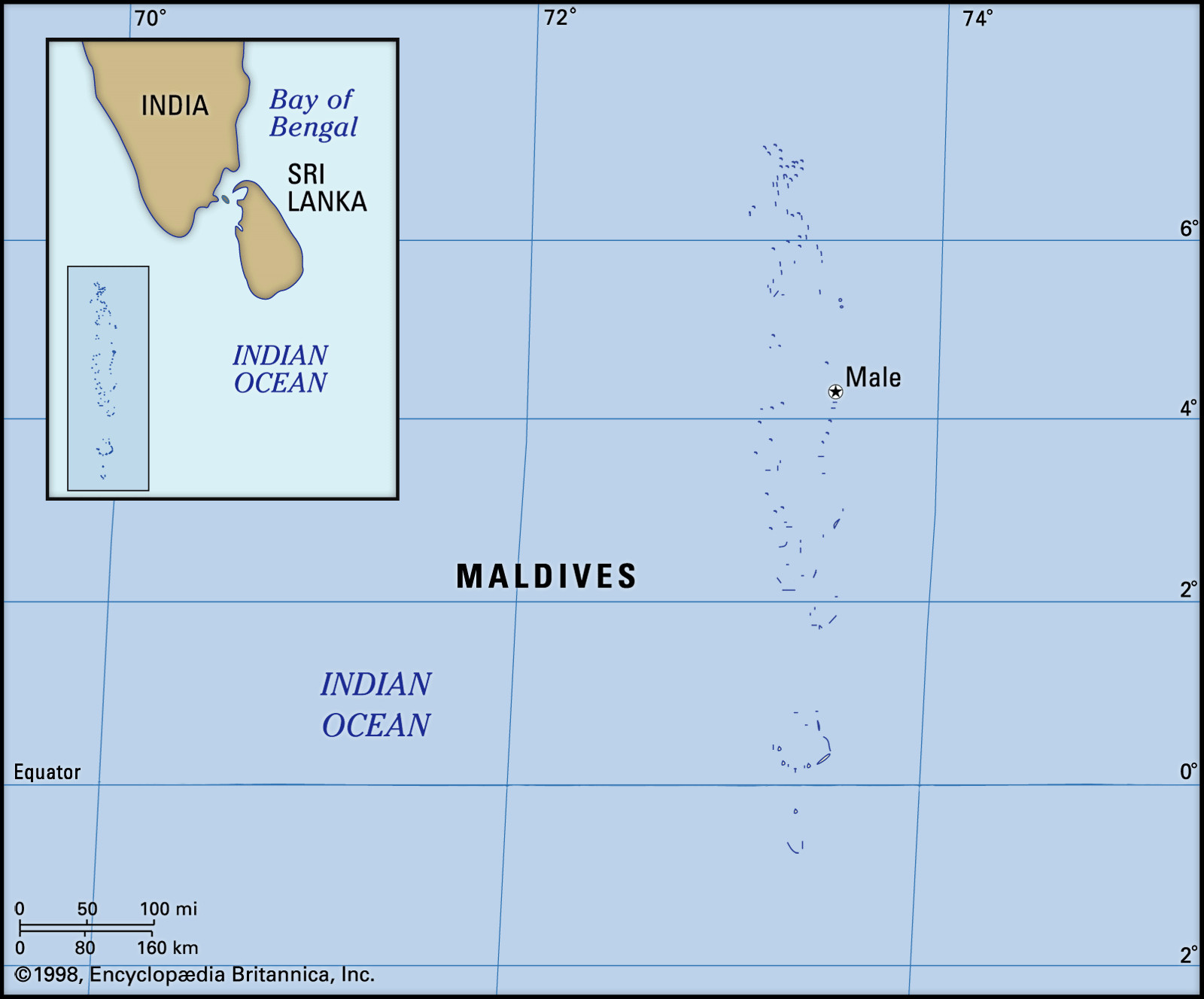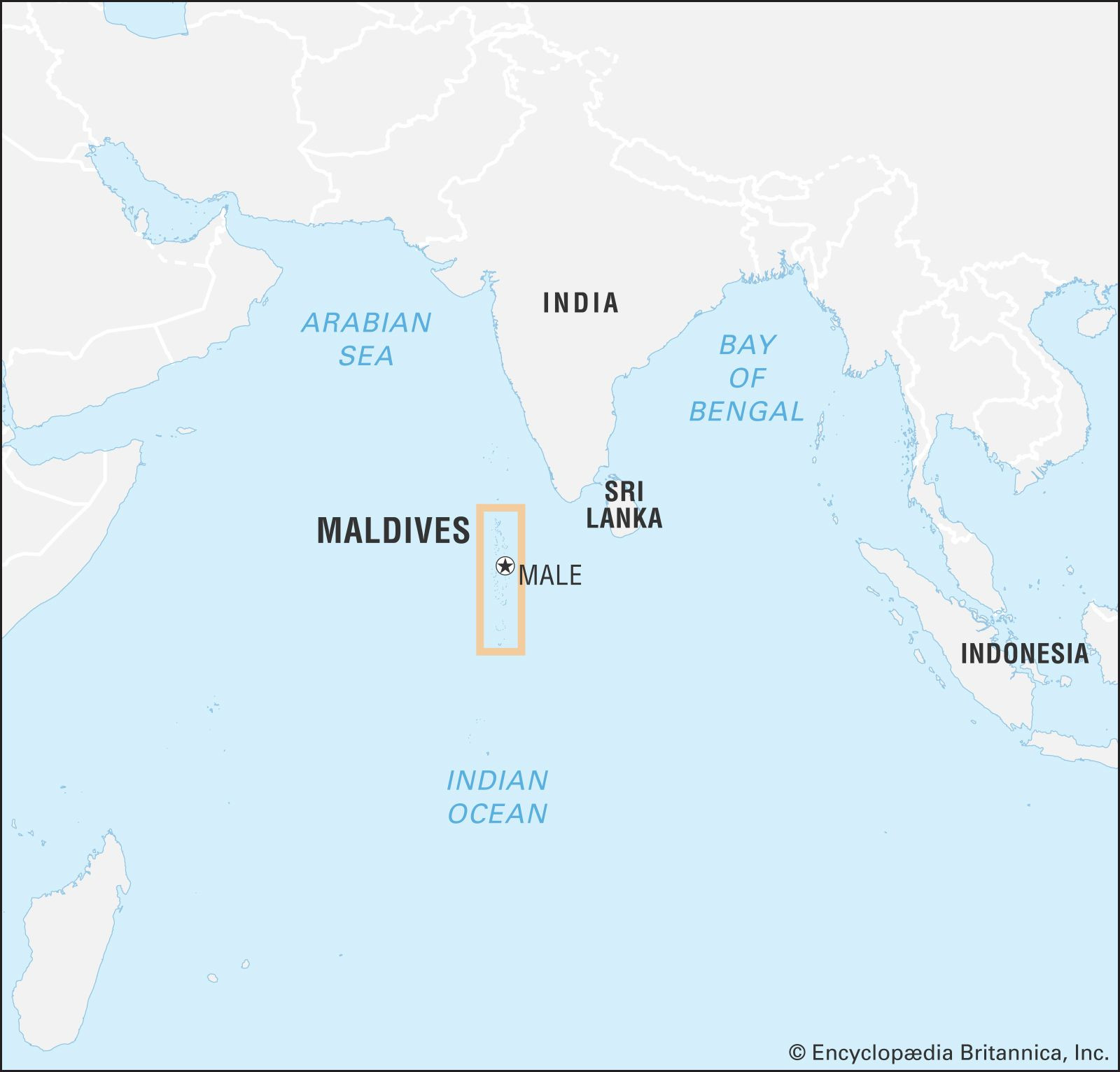The Maldives, a name synonymous with pristine beaches, luxurious resorts, and breathtaking turquoise waters, is a dream destination for many. But before you pack your bags for this idyllic escape, you might be wondering: Where Are Maldives Islands Located?
This guide will provide a comprehensive answer to that question, delving into the geographical details of this island nation, its surrounding regions, and what makes its location so unique. We’ll explore everything from its position in the Indian Ocean to its proximity to major landmasses, offering a complete understanding of where to find this paradise on Earth.
Unveiling the Precise Location of the Maldives
The Maldives is nestled in the north-central Indian Ocean. Specifically, it’s situated south-southwest of India and southwest of Sri Lanka. Imagine drawing a line downwards from the southern tip of India, and you’ll find the archipelago scattered across the equator.
To put it in more precise terms, the Maldives extends across the latitudes of approximately 0°40’S to 8°10’N and longitudes of 72°30’E to 73°45’E. This places it firmly within the South Asian region, although geographically it’s isolated as an island nation.
 Maldives Islands Location Map
Maldives Islands Location Map
The northernmost atoll of the Maldives is roughly 370 miles (600 kilometers) south-southwest of the Indian mainland. The central region, which includes Malé, the capital island, lies about 400 miles (645 kilometers) southwest of Sri Lanka. This strategic location has historically placed the Maldives at the crossroads of maritime trade routes in the Indian Ocean.
Exploring the Geography: Atolls and Coral Islands
The Maldives is not just one island, but a chain of approximately 1,200 islands. However, only around 200 of these are inhabited. These islands are not solitary landmasses but are grouped into 26 atolls.
What exactly is an atoll? An atoll is a ring-shaped coral reef, island, or chain of islets surrounding a lagoon. The Maldives is essentially made up of a series of these coral atolls, built upon an ancient submerged volcanic mountain range. This unique geological formation contributes to the Maldives’ stunning underwater landscapes and diverse marine life.
 Island resort in the Maldives, showcasing typical atoll structure
Island resort in the Maldives, showcasing typical atoll structure
These atolls stretch for over 510 miles (820 kilometers) from north to south and about 80 miles (130 kilometers) from east to west. This elongated structure contributes to the diverse climate and marine environments across the archipelago.
Proximity to Major Landmasses: India and Sri Lanka
The Maldives’ closest neighbors are India and Sri Lanka. Their proximity has significantly influenced the Maldives’ history, culture, and economy.
India: Located to the north, India’s influence is evident in the Maldivian language (Dhivehi), which has roots in Indo-European languages like Sinhala and Tamil spoken in parts of India and Sri Lanka. Historically, trade and cultural exchange between the Maldives and India have been continuous. In modern times, India is a major trading partner and investor in the Maldives.
Sri Lanka: Situated to the northeast, Sri Lanka shares similar historical and cultural links with the Maldives. The early settlers of the Maldives are believed to have originated from Southern India and Sri Lanka. Like India, Sri Lanka is also a key partner for the Maldives in trade and regional cooperation.
 World location map showing Maldives proximity to India and Sri Lanka
World location map showing Maldives proximity to India and Sri Lanka
The relatively short distance to both India and Sri Lanka makes the Maldives easily accessible from the South Asian subcontinent. This accessibility is a significant factor in the thriving tourism industry of the Maldives, with a large number of tourists originating from or traveling via these neighboring countries.
Why the Maldives Location Matters
The geographical location of the Maldives is not just a matter of coordinates; it’s fundamental to understanding various aspects of the nation:
- Climate: Its equatorial location blesses the Maldives with a tropical monsoon climate. Average temperatures range from 76°F to 86°F (24 to 30°C) year-round, making it a perpetually warm destination. The monsoons dictate the wet and dry seasons, influencing the best times to visit.
- Biodiversity: Situated in the Indian Ocean, a region known for its rich marine biodiversity, the Maldives boasts vibrant coral reefs teeming with diverse fish species, sea turtles, and other marine life. This makes it a world-renowned destination for diving and snorkeling.
- Economy: Historically, its location along ancient trade routes fostered its economy through fishing and trade. Today, tourism, heavily reliant on its idyllic island location and accessibility, is the dominant economic sector.
- Culture: The blend of influences from India, Sri Lanka, Arab traders, and other visitors over centuries has shaped the unique Maldivian culture, language, and traditions.
- Strategic Importance: Its position in the Indian Ocean, a crucial waterway for global trade and geopolitics, gives the Maldives strategic importance, attracting interest from major global powers.
Conclusion: A Paradise Found in the Indian Ocean
So, where are Maldives islands located? They are beautifully positioned in the north-central Indian Ocean, southwest of India and Sri Lanka, forming a unique chain of atolls. This location defines its climate, biodiversity, economy, and culture, making it the paradise we know and love.
Understanding the geographical context of the Maldives enriches our appreciation for this island nation. It’s not just a dot on the map, but a strategically and ecologically significant archipelago, offering a unique blend of natural beauty and cultural heritage in the heart of the Indian Ocean. For travelers and geography enthusiasts alike, knowing precisely where the Maldives is located is the first step to truly understanding and appreciating this captivating destination.


